Conservation (New Zealand)
Where can I find information about conserving the natural environment in New Zealand?
(Years 7-10)
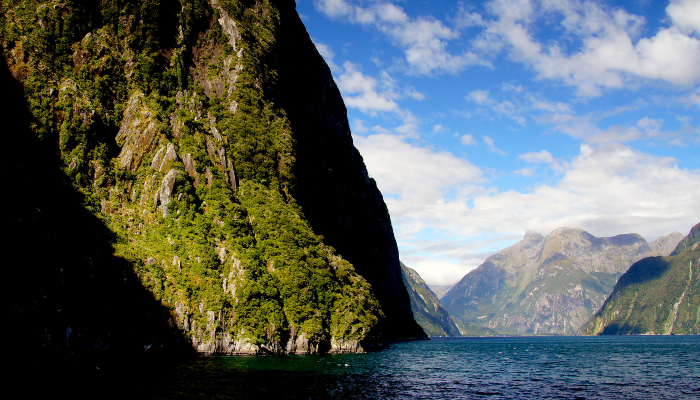
Image: The Fiordland National Park.NZ by Bernard Spragg. NZ on Flickr.
Entry last updated: 10/07/25
Introduction
Conservation is about preserving and protecting New Zealand's natural environment, wildlife and their habitats including marine reserves. This entry explores the various aspects of conservation, including examples of wildlife that need protection, information about native plants and animals, and New Zealand's unique biodiversity.
Wildlife that needs protection
Here is a list of some birds and animals in New Zealand that need protection and conservation. Some natives like the Huia and Moa are now extinct as a result of hunting or predators.
Whio (Blue Duck): These birds are found along fast flowing rivers in the North and South Islands.
Kakaruia (Chatham Island Black Robin): This bird has black plumage (feathers) and is only 10cm high.
Hoiho: This is a tall penguin that has yellow eyes and yellow feathers around the eyes and the back of the neck.
Kākā: Large parrot with brown and green feathers with bright bits of red under their wings.
Kākāpo: Heaviest parrot in the world, these birds are nocturnal (active at night) and flightless.
Kiwi: This national icon is flightless and nocturnal and the only bird to have nostrils at the end of its very long beak.
Māui dolphin: Related to the Hector dolphin, they are amongst the world's rarest dolphins.
Tīeke (Saddleback): These medium sized birds are named after the chestnut coloured saddle across their back.
Takahē: Distantly related to the pūkeko, these flightless birds are blue and green in colour.
Tuatara: This small reptile resembling a lizard is a survivor from the dinosaur age.
Kōruku (White heron): This beautiful rare white bird has a long neck that it draws back when flying.
Pekapeka (Bat): The two species of bats are the only native land mammals in New Zealand.
The need for conservation
There hasn't always been a strong focus on the need to protect and preserve the native environment we have here in New Zealand. The Department of Conservation has been entrusted with the duty of conserving New Zealand’s natural and historic heritage.
Department of Conservation (DOC)
The Conservation Act of 1987 helped establish the Department of Conservation (DOC for short). This act lists the roles and responsibilities of DOC. This involves building and supporting effective conservation partnerships in keeping with the principles of the Treaty of Waitangi. This site is all about preserving the natural and historical sites of New Zealand.
Explore the tabs at the top of the page.
Parks & recreation will list the National Parks and Marine Reserves where wildlife and nature are protected.
Nature will help you identify Pests and Threats and understand how the conservation status of our species are assessed.
Our work is about the various natural restoration programmes DOC has been involved with over the years.
Look down to the bottom of the page for a link to their YouTube channel.
The Conservation Act of 1987 tells you how to define a conservation area, the key functions of DOC and the reason why it was created. To read it:
go to About us
select Our role, and
then choose Legislation.
Tips: We like sites like this because they’re reliable. You can tell because of their web address – they have either .govt or .ac, meaning they are from government or educational organisations. They’re also New Zealand sites, so relevant for us.
Forest & Bird is a non-government and not-for-profit organisation that has been around since 1923.
Go to What we do.
Choose from Land, Fresh water, Oceans, and Climate & Economy.
This has useful information about the threats to various habitats and the work that Forest & Bird is doing to help.
Or go to Resources to find out about Campaigns that highlight native species and natural resources on our land and in the rivers, lakes and ocean.
Tips: Websites that have .org or .net in the address can have good information, but you need to assess how reliable it is. Check the About us link on the website, if you can find one. That can tell you what the organisation’s mission and values are.
Science Learning Hub connects New Zealand scientists with school students and teachers. It has a selection of science articles, activities and videos for intermediate and secondary students.
Go to Topics.
Select Conservation for all the resources on this topic.
Read articles like Human impact on rivers or Conservation rankings, about how at-risk species are at becoming extinct.
Native plants and animals
New Zealand has a unique environment that has evolved over millions of years. It has species of insects, birds, animals, and flora that is not seen in any other part of the world. The websites below explore our environment and some different aspects of conservation.
Te Ara: The Encyclopedia of New Zealand
Te Ara is an excellent starting point for all questions about Aotearoa New Zealand. If we look down to the bottom of the page, we can see that the website belongs to the Ministry for Culture & Heritage, so the information is well-researched and reliable.
You will find a lot of information on conservation issues relating to New Zealand on Te Ara. For example:
Select Topics and choose Conservation
This has a list of different conservation topics eg Threatened species and Conservation – a history.
Look at Kaitiakitanga - guardianship and conservation. Māori believe there is a close relationship between humans and nature.
Conservation is at the heart of this urban ecosanctuary in Wellington. Project Zealandia has a vision to restore Wellington’s valley forest and freshwater ecosystem to its pre-human state.
Go to About and select The Sanctuary to read about the species of birds, reptiles, frogs, insects and plants that have made Zealandia their home.
Look down to History to understand how our flora and fauna have evolved.
World Wide Fund for Nature (known as WWF) is one of the largest global organisations with a mission to conserve nature and wildlife. In New Zealand, their priority is to look after marine animals especially those on the brink of extinction like the Māui Dolphin. Find out about their wildlife projects by:
Selecting the What We Do menu.
Then go to Looking After Species.
Then choose a species to find out about eg Marine Mammals like Māui and Hector's dolphins.
This is one of the EPIC resources. EPIC is a collection of reliable databases covering lots of different topics. It's put together especially for New Zealand school students and helps to answer questions like this. It has online access to the New Zealand Geographic magazine from 1989 to today.
Search using keywords eg 'kiwi conservation'.
This will bring up stories, videos and photos on this topic eg Rarest of the rare about rowi - the rarest species of kiwi.
Tips: To get to the EPIC resources you will need a password from your school librarian first. Or you can chat with one of our AnyQuestions librarians and they will help you online. Some EPIC databases may also be available through your public library.
DigitalNZ is a search site that focuses on New Zealand history and brings together results from lots of different websites. It’s an easy way of searching online resources from New Zealand libraries, museums, universities and government sites all at once.
Try using some simple keywords like 'tuatara conservation'.
Results are grouped by the type of information eg images, videos, newspapers, articles and research papers.
Habitats
Habitats are the variety of physical areas where plants or animals live. Habitats can have different amounts or types of water, different temperatures, or be at higher or lower altitudes (height).
Department of Conservation (DOC)
This government website has the most reliable information on the different habitats in New Zealand.
Locate them by selecting Nature from the home page and following the link Habitats.
This page covers 8 different environments in New Zealand.
Each page explains the kind of environment, its importance, the threats and the role of DOC.
Te Ara: The Encyclopedia of New Zealand
Te Ara is another reliable source that has related information on protected areas, national parks, and marine reserves which are significantly important to conservation of our ecosystems.
Go to Topics and choose Conservation.
Protected areas is about heritage sites, national parks, and other reserves.
Or from Topics and choose Geography to find out about conservation of different types of environments.
For example, choose Rivers to find information on Conserving rivers.
This government organisation is responsible for safety, security and environment protection of New Zealand's coastal and inland waterways.
Select Environment under Public Info to read the laws in place to regulate the exploration of natural resources.
Or select Information for Schools for some useful data on maritime and marine environments and their protection.
Tips: Maritime New Zealand is a government website. The information here is reliable and trustworthy.
Biodiversity
Biodiversity simply means the variety of plant and animal life in a particular habitat, environment or in the world. The biodiversity of New Zealand would include our native plants and animals in a particular environment - for example, our native bush.
Tips: Not sure what a word means? Try using Google as a dictionary. The trick is to put the word define in front of the word you want to define, then select Search. For example if you wanted to define the word biodiversity, your search would be 'define biodiversity'. This searches for all the meanings on the web that define your word.
Ministry for the Environment (MFE)
The Ministry for the Environment is responsible for providing national guidance and policy about the environment in New Zealand.
For an overview of biodiversity in New Zealand go to the Pūtaiao Facts & Science tab.
Select Biodiversity to read why our diversity is important and needs protection.
Or search for 'Kermadec' to find out about the Kermadec Ocean Sanctuary — the most untouched and largest protected ocean environment.
Ministry for Primary Industries (MPI)
Increasing sustainable use of our resources and protecting New Zealand from biological risks are two roles of this government organisation that are conservation related.
Go down the page and select Biosecurity.
Then select About biosecurity in New Zealand.
Look at Why we want to keep pests and diseases out of NZ and Biosecurity 2025.
This system ensures that the delicate biodiversity of our ecosystems is protected.
Tips: New Zealand Ministry for Environment and Ministry for Primary Industries are both government websites. You can tell by the .govt in their address or by looking at their About us or Contact pages. You can be sure that the information here is reliable and trustworthy.
This documentary series has seven parts and looks at the biodiversity crisis affecting New Zealand's wildlife and habitats. Each episode links to other articles and images. It was made with support from NZ On Air.
Look down the page to watch the first episode and look at related articles.
For the other episodes look further down the page to the heading Other episodes.
Books
There are some great books about conservation in New Zealand - check out your local public or school library to see what they have. Some recommended titles are:
Our islands, our selves: a history of conservation in New Zealand by David Young
Project Kiwi: how one man's passion for the land hatched New Zealand's first community kiwi sanctuary by Sue Hoffart
Protecting paradise: 1080 and the fight to save New Zealand's wildlife by Dave Hansford
On the brink: New Zealand's most endangered species by Maria Gill
The pōrangi boy by Shilo Kino.
SCIS no: 1832684
Topics covered
Related content
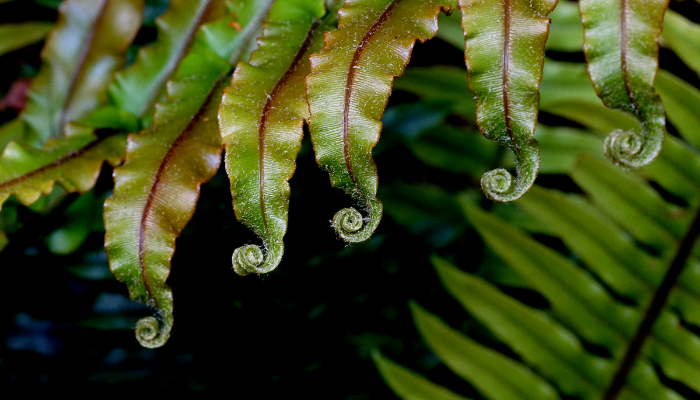
Native plants (NZ)
Where can I find information about the native plants of New Zealand?
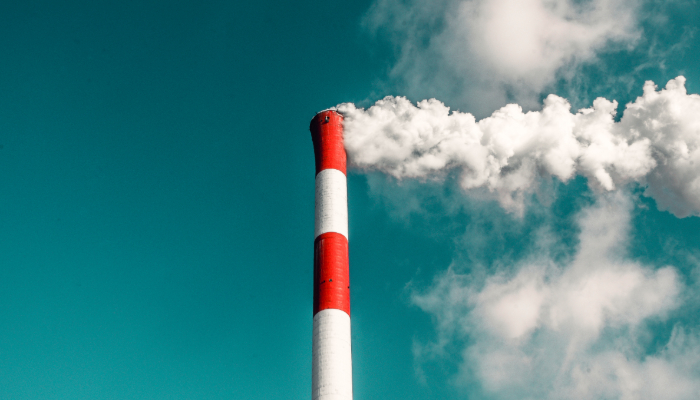
Pollution
Where can I find information about pollution?

Islands (New Zealand)
Where can I find information about New Zealand islands?
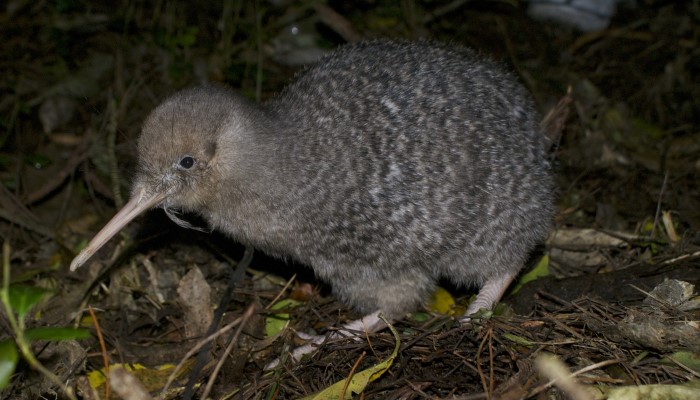
Animals (New Zealand)
Where can I find information about animals in New Zealand?
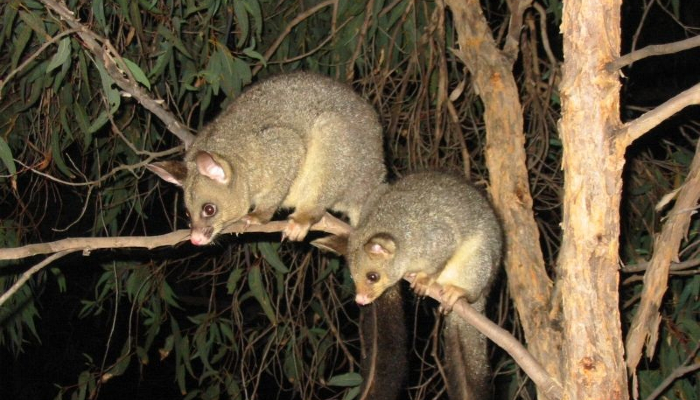
Animal pests (NZ)
Where can I find information about animal pests in New Zealand?
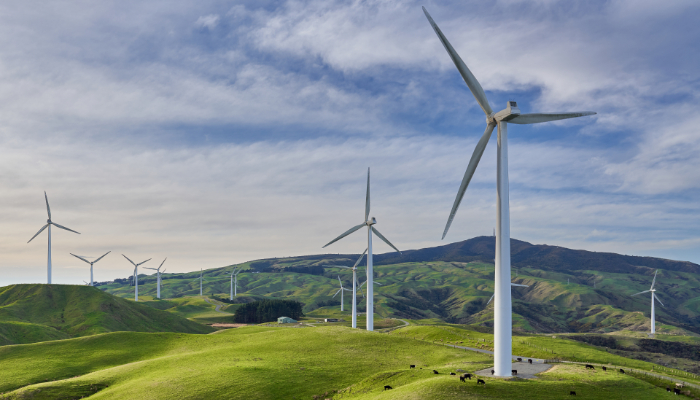
Sustainability
Where can I find information about sustainability?
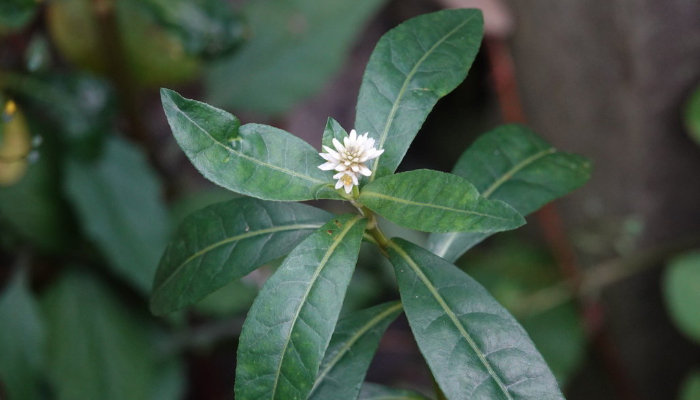
Pest plants (New Zealand)
Where can I find information about pest plants in New Zealand?
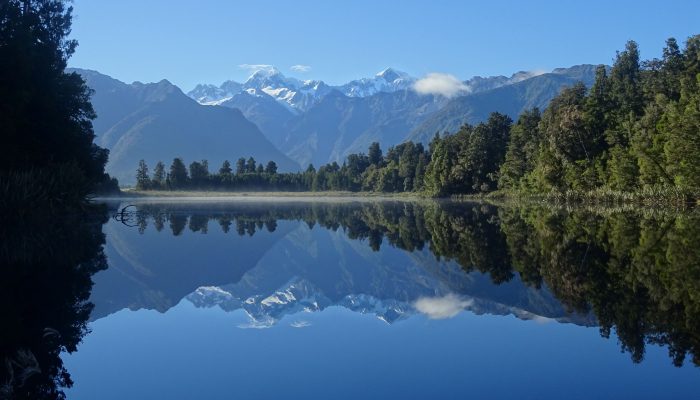
Lakes (New Zealand)
Where can I find information about lakes in New Zealand?
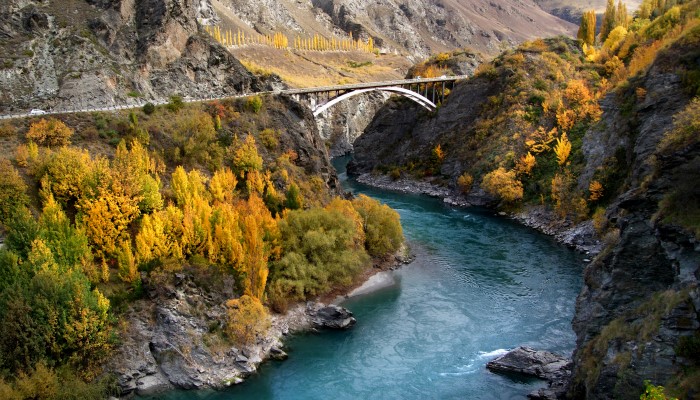
Rivers (New Zealand)
Where can I find information about rivers in New Zealand?
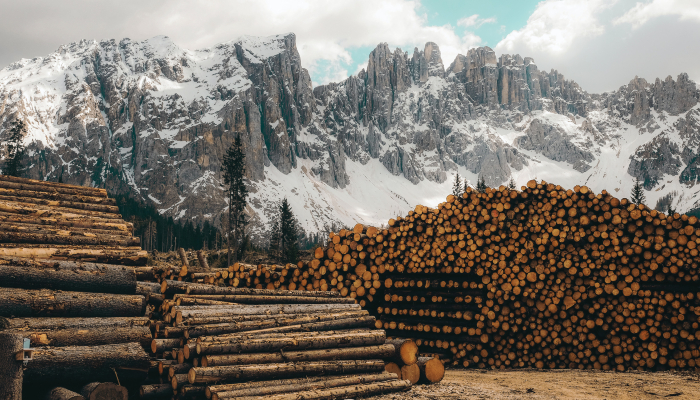
Deforestation
Where can I find information about deforestation?

1080
Where can I find information about the 1080 controversy?

Forests (New Zealand)
Where can I find information about New Zealand forests?
